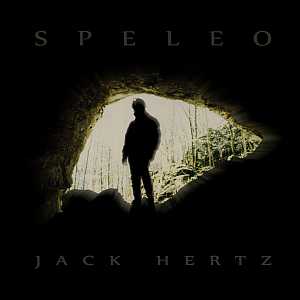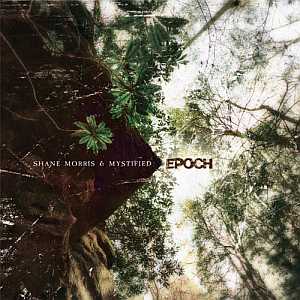 I’ve wanted to review an album by the prolific Jack Hertz for a while, and the timing of his latest album, “Speleo” is just right. Jack runs the Sound for Good netlabel, where profits from sales of downloads and CDs go to charity. Eagle-eyed readers may recall me talking about Sound for Good on my earlier review of William Spivey and Aos Crowley’s “Absence of Matter“. It’s notable that, in just four months, already the label has reached its sixth release.
I’ve wanted to review an album by the prolific Jack Hertz for a while, and the timing of his latest album, “Speleo” is just right. Jack runs the Sound for Good netlabel, where profits from sales of downloads and CDs go to charity. Eagle-eyed readers may recall me talking about Sound for Good on my earlier review of William Spivey and Aos Crowley’s “Absence of Matter“. It’s notable that, in just four months, already the label has reached its sixth release.
The album’s notes state that the recordings “are inspired by and dedicated to the amazing subterranean worlds of the underground.” There are four tracks, ranging from 10 to nearly 17 minutes long. “Mineral Dreams” starts with a thin, reedy pipe; a slow minor chord draws out, and vocal textures are laid over a pulsating drone. The music is exceedingly atmospheric, transporting the listener into a descriptive environment in an effective way. Around 4:30, soft synth notes percolate the air like the glint of crystals. The track shimmers along, an occasional repetitive motif fading in and out after 10 minutes or so. The second cut, “Dusk at Stalagmite Forest” is eerie; a high chord is pitchbent across the soundfield, to be overlaid by uncertain synth voices which hang suspended in the air; a distant bat/bird-like call can be heard from time to time. The track has a great air of loneliness.
“Endless Cavern” has a gorgeous opening, jagged synths tinkling and jangling over luscious thick pads. Long notes shoot off into the darkness, disappearing quickly into the cavern’s void. There’s fabulous use of the stereo soundfield here. Around 4:30, everything seems to tilt sideways and then rebalances itself again. Coils and springs dance around the periphery like sprites. A gentle rhythmic pattern is introduced just after 8:30, driving the listener further forward. This one’s my own favourite; the whole album will bear repeated listening, though, as there’s so much to discover here. “Cave Pearls”, the final track, has breathy pads drifting across a two-chord structure. It has a warmer sound than the previous three, with vast, dense notes layered thickly atop a soft rhythmic pattern. A multitude of different tones, some open, some closed, create a huge sonic tapestry. It’s absolutely superb.
“Speleo” is a complex and rewarding journey, and I’ll certainly be revisiting it many times.
Label: Sound for Good Cat: – Artist: Jack Hertz Price: NYP



